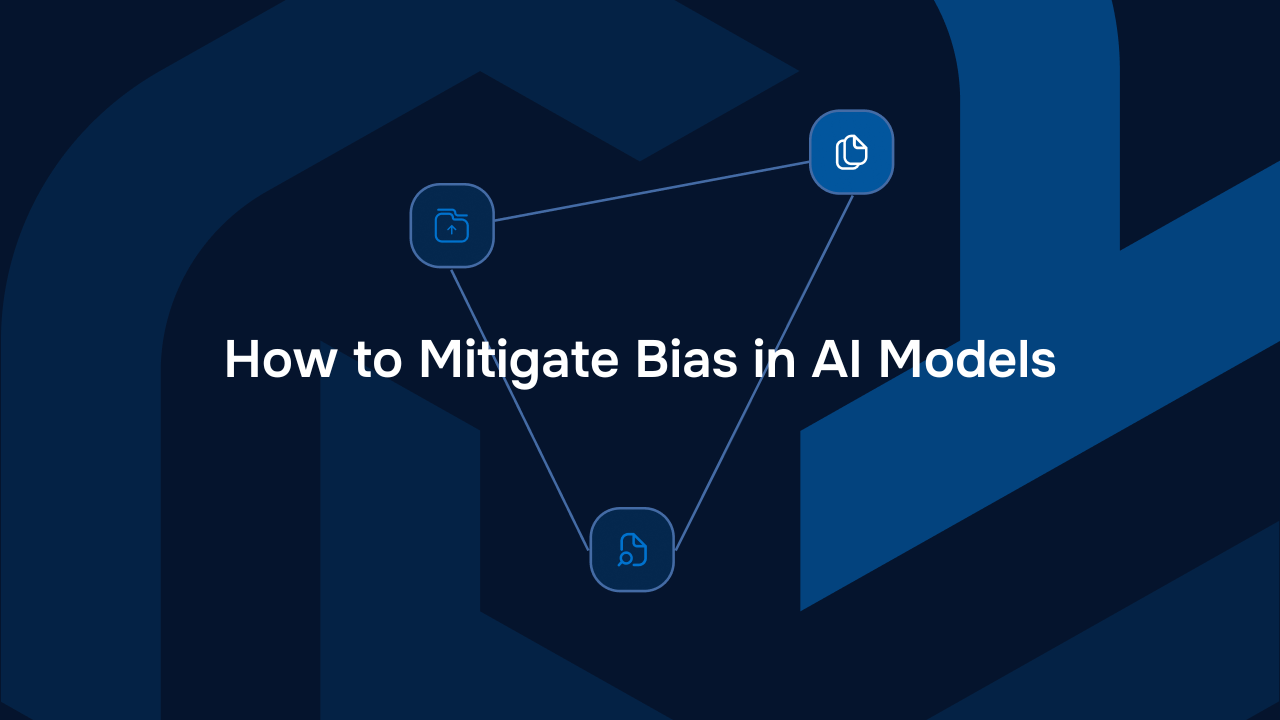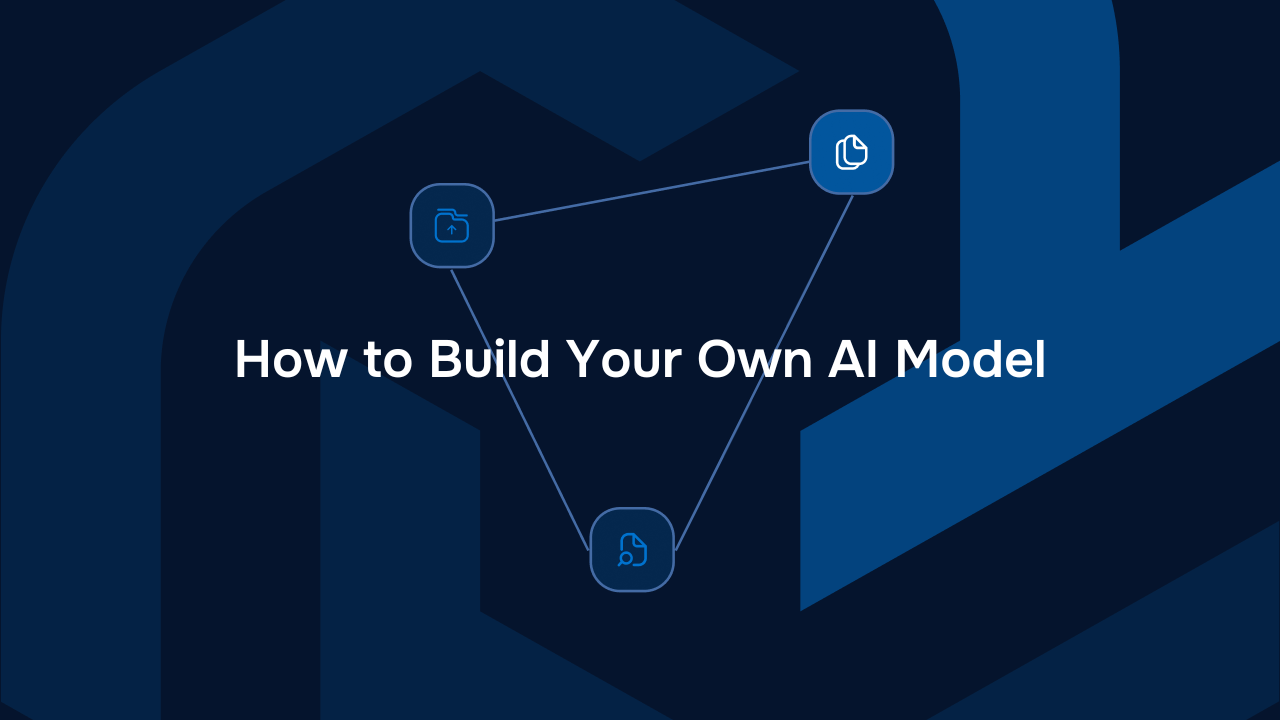An introduction to semantic technology and semantic reasoning


Semantic technology exists to help systems understand language and process information like humans do. Its main aim is to make data easy to understand and allow machines to derive and infer new relationships in the same way a human would, by structuring the data in a machine friendly way. Semantic reasoning is the main form of inferring new relationships and this article will explore both semantic technology and reasoning, their uses and some examples and benefits of the two.
What are semantic technologies?
As described, semantic technologies describe a branch of technologies that aim to make data more understandable and derive information from data. Semantic technologies involve natural language processing, artificial intelligence and semantic search. Semantic technologies typically build upon RDF, SPARQL or OWL, using these standards to enable machines to understand and reason with data, in order to make it more useful for its users. Ontologies are also used hand in hand with semantic technologies in order to help define concepts and relationships, to help make the data easier to understand for the machine. Semantic reasoning as rules can be based on an ontology in order to allow relationships to be inferred.
What is semantic reasoning?
Semantic reasoning is a way of forming conclusions or inferences from data. Because semantic technology aims to make data more usable and machine readable, semantic reasoning can work with these simplifications of the data, in order to reason and form its own conclusions. Semantic reasoning can either combine knowledge to answer questions or draw conclusions in ways that we may not have anticipated. Reasoning engines empower semantic reasoning, and this is usually based on a set of rules. Examples of rule-based reasoning languages include datalog and prolog following the if - then format, where if the body of a rule is followed then the head of the rule can be assumed to be true. For example, if we had the following fact, we could apply rule-based reasoning in order to infer new facts in our data. If John is married to Nina, it would be represented in the following way:
:John :marriedTo :Nina
However, a marriage is between two people, so it makes sense to have this relationship represented both ways. Hence, we could use rule-based reasoning to make this relationship two ways by applying the following rule:
[?spouseB :marriedTo ?spouseA] :-
[?spouseA :marriedTo ?spouseB]
In plain English, this rule states that if Spouse A is married to Spouse B, then we should also include a relationship that says Spouse B is married to Spouse A. The text following :- is the body of the rule and the text before it is the head, which is applied if the body is proven to be true.
What can we use semantic reasoning with?
Semantic reasoning alone is powerful. The marriage example is an easy one, however using reasoning based on rules and concepts can help reduce time and manpower in projects. Rules can simplify data thus optimising data analysis and support product development. Instead of having an individual sift through data and draw insights and conclusions, we can use semantic technology and reasoning to do this for us, improving efficiency and saving money.
Semantic reasoning can also be used with machine learning in order to improve the overall data management process. Machine learning is based on models to allow for automation whereas semantic reasoning is based on rules and ontologies. The process of building an ontology or collating data can be extremely time consuming and so using machine learning with semantic technology can help the process of collecting data less tedious and improve the overall process for the end user. More recently, Large language models (LLMs) (generative AI) have shown language understanding capabilities which could make the process of connecting unstructured data to knowledge graphs seamless.
Both types of Artificial Intelligence can complement each other largely.
Semantic technologies are often used with graph databases which are used by industries for a variety of reasons. Graph databases are known to be more flexible and make the process of data retrieval much quicker and easier, thus enabling industries to become more cost-effective and efficient. It’s used across a variety of industries, such as media, healthcare and finance and the potential in which semantic reasoning and technology can interpret relationships similar to a human can really help businesses from any industry.
Building our Large Language Model
TextMine’s large language model has been trained on thousands of contracts and financial documents which means that Vault is able to accurately extract key information about your business critical documents. TextMine’s large language model is self-hosted which means that your data stays within TextMine and is not sent to any third party. Moreover, Vault is flexible meaning it can process documents it hasn’t previously seen and can respond to custom queries.
About TextMine
TextMine is an easy-to-use data extraction tool for procurement, operations, and finance teams. TextMine encompasses 3 components: Legislate, Vault and Scribe. We’re on a mission to empower organisations to effortlessly extract data, manage version controls, and ensure consistency access across all departments. With our AI-driven platform, teams can effortlessly locate documents, collaborate seamlessly across departments, making the most of their business data.









